The Bloodhound SSC - the British 1000mph Eurofighter-jet-powered land speed record challenger - looks set to make its first record attempt at the end of 2019 despite major setbacks to funding.
Thanks to a shift in plans, the Bloodhound team, which recently lost composites suppliers that have fallen into receivership, is scheduled to make its first high-speed runs on South Africa's Northern Cape desert in May 2019, before making a record attempt in the final quarter of that year.
The car won't be shipped back to the UK between its test and final runs, as originally planned, in order to reduce costs. The money saved from this decision is said to have kept the project on track.
When the Bloodhound makes its first desert run, it will reach 500mph, which is seen as one of the riskiest speeds for the car. Between 400mph and 500mph, the car's progress is no longer dictated by its contact with the ground but its aerodynamics, making the car at its least stable.
Bloodhound SSC: inside the factory building a 1000mph car
The test will be the first time that the Bloodhound's aluminium wheels will be used. These are 35in units with V-shaped keels that will dig into the mud at low speeds but rise up and plane along the surface at 500mph. In the earlier UK test at Newquay airport, the car reached 200mph on runway wheels from an English Electric Lightning fighter jet.
In the test, which can be watched below, the world’s fastest man of the past 20 years, Wing Commander Andy Green, was at the Bloodhound's wheel for the first time.
Fifty test tracks will be marked out at the final desert location, with each being used only once due to the car breaking the mud surface on each run. Normal wheels cannot be used because their tyres will disintegrate at these speeds, due to the centrifugal force generated, whereas the aluminium wheels can spin at up to 10,200rpm, or 170 revolutions per second.
Data from the test will be collected by more than 500 sensors across the Bloodhound and shared with schools around the world for student analysis. To prepare the dried-up lakebed for the Bloodhound's run, 16,000 tons of rock had to be removed by the local community, from the 22 million square-metre site - the largest land clearance ever undertaken for a motorsport event.
Bloodhound's Andy Green on the challenges of doing 1000mph
Before the Bloodhound makes its 1000mph attempt, likely in 2020, backers hope to top 800mph before the close of 2019, beating Green’s previous record (set on 15 October 1997 in the Thrust SSC) of 763.065mph. To do this, the Bloodhound's jet rocket will need to produce 13 tons of thrust - four more than was needed in the 200mph run.

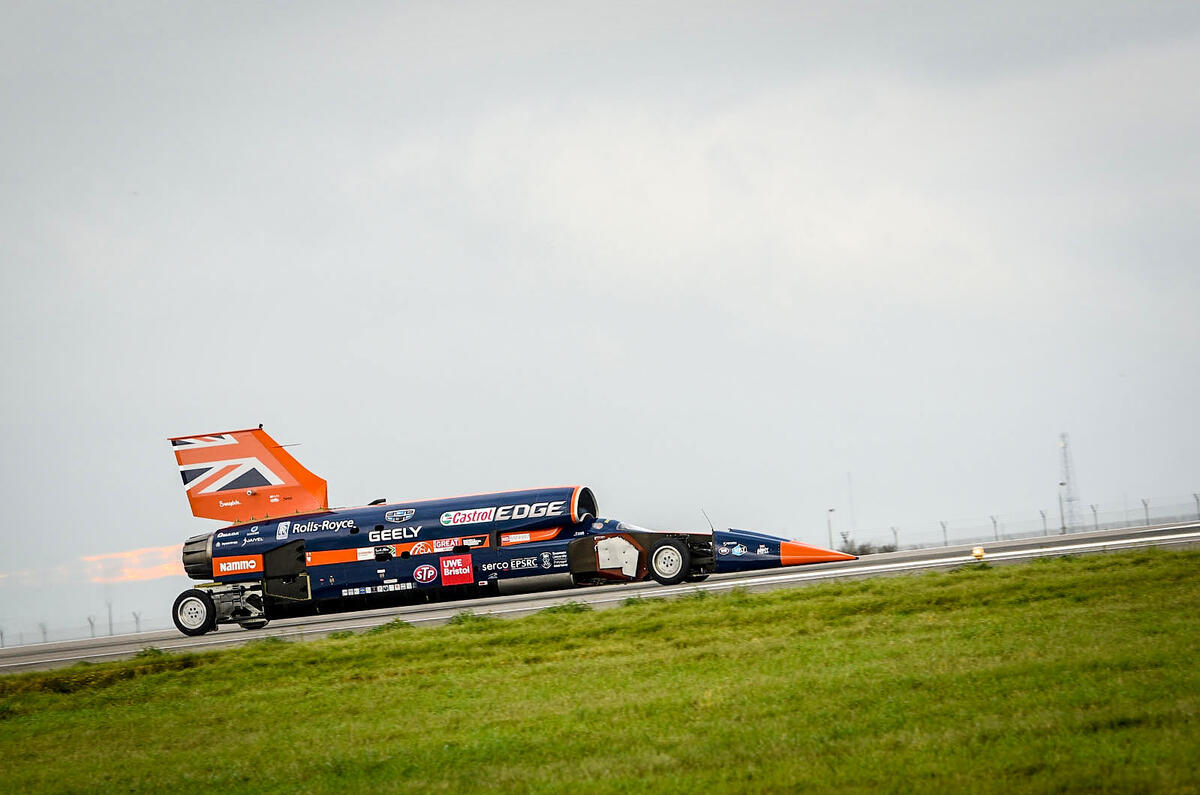
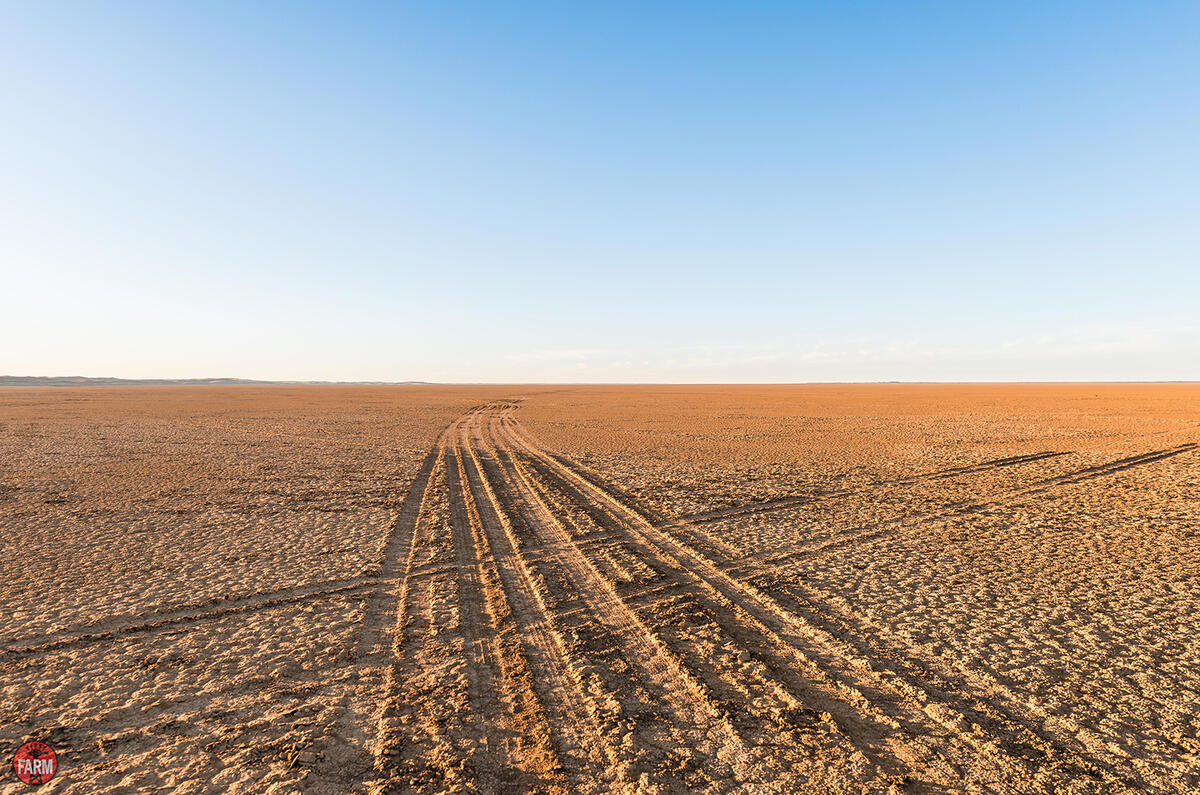

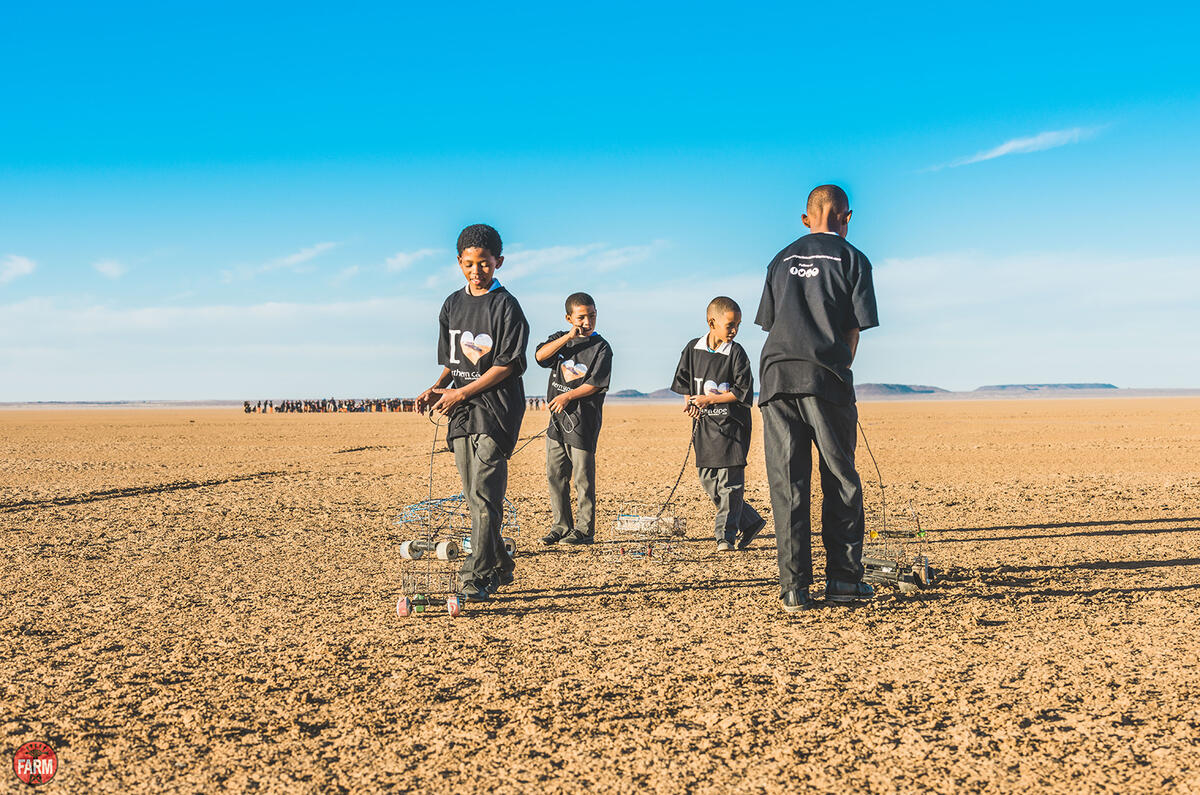
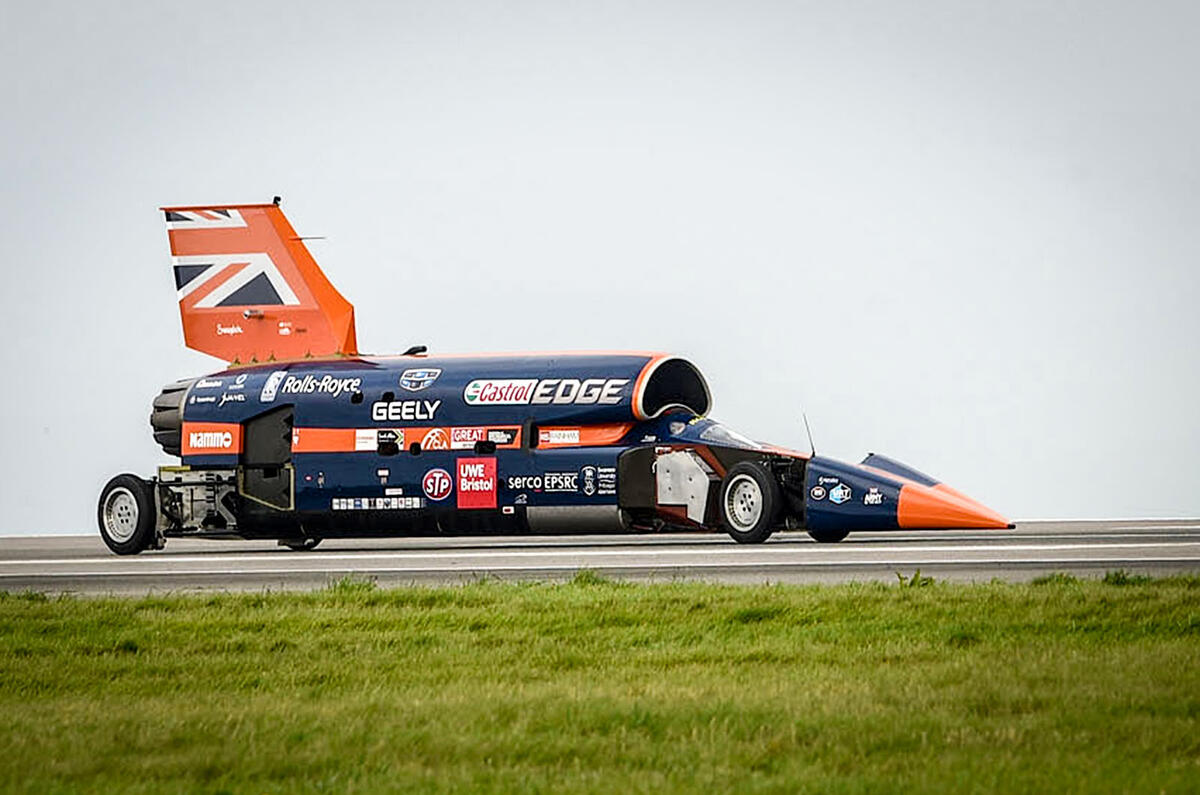
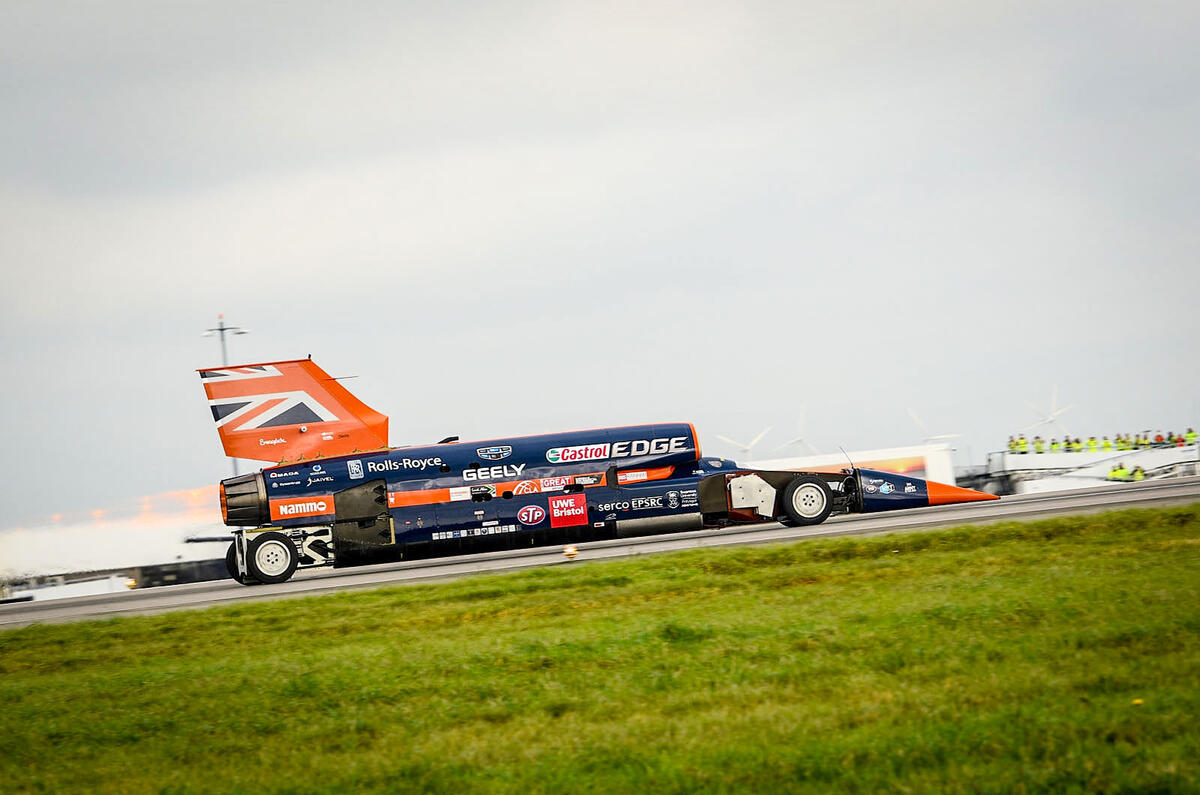
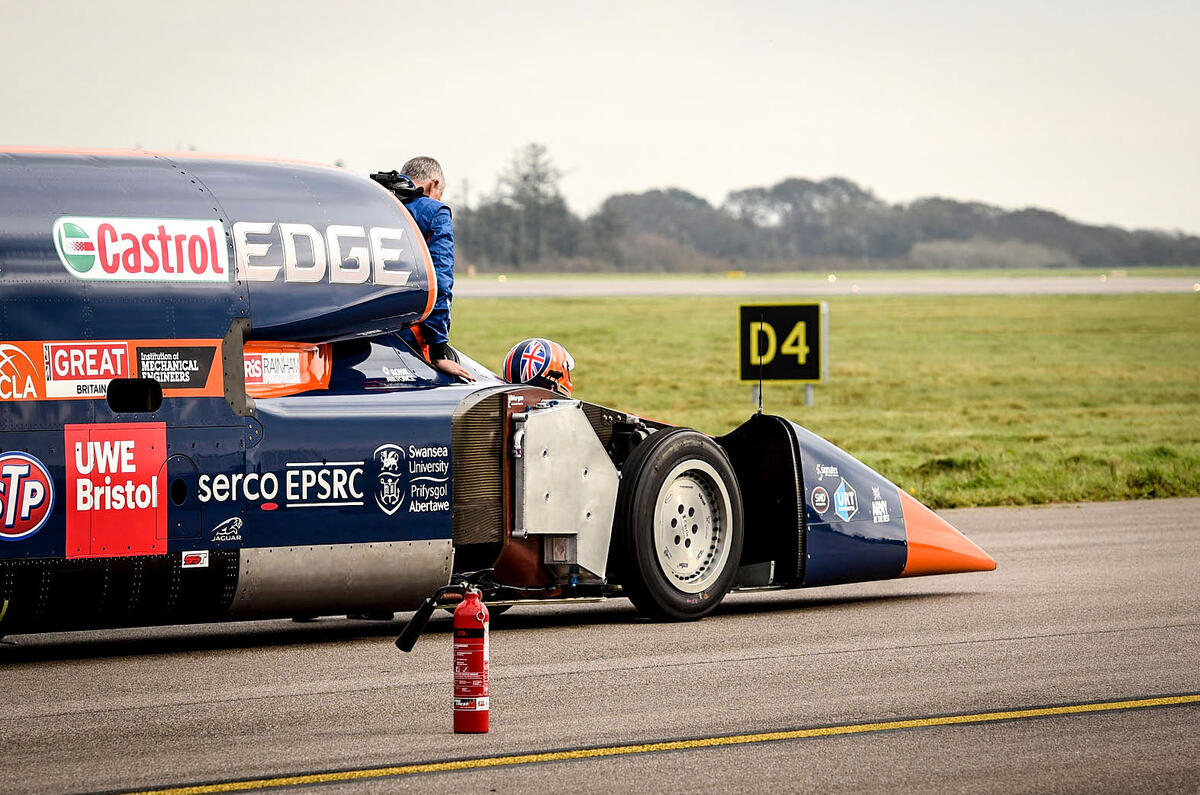
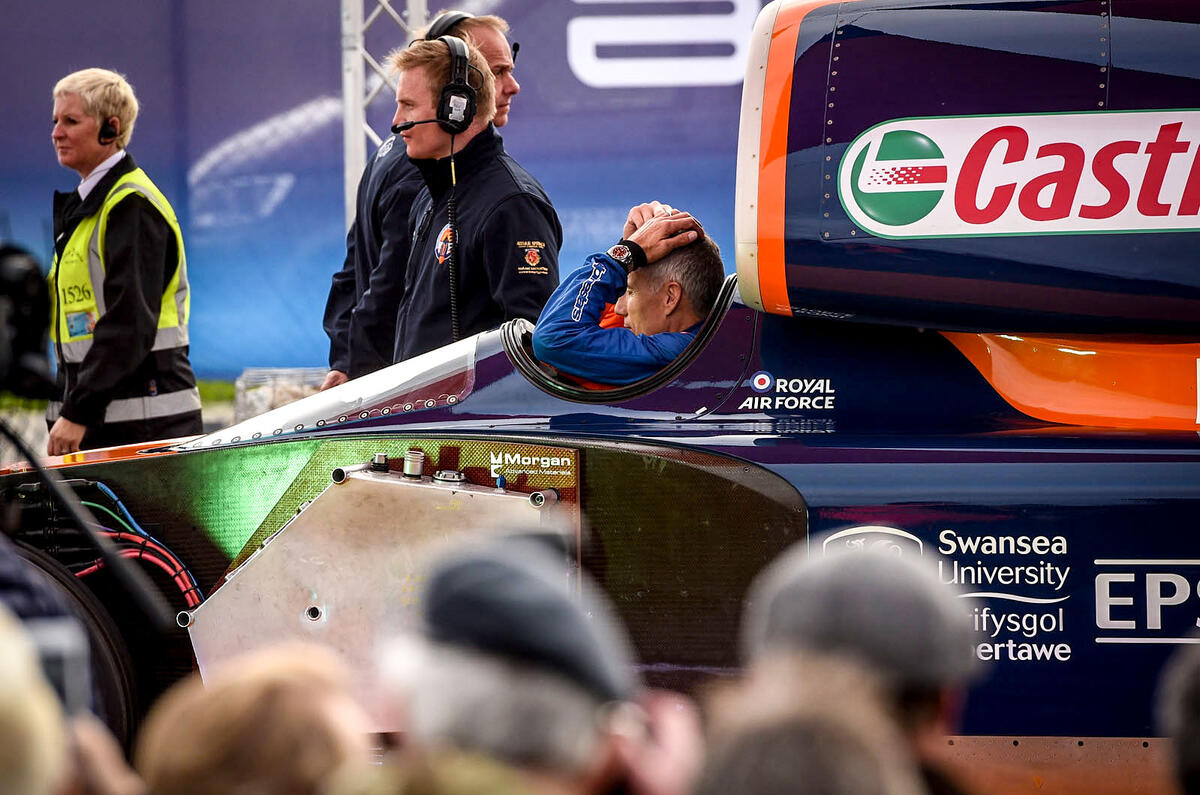

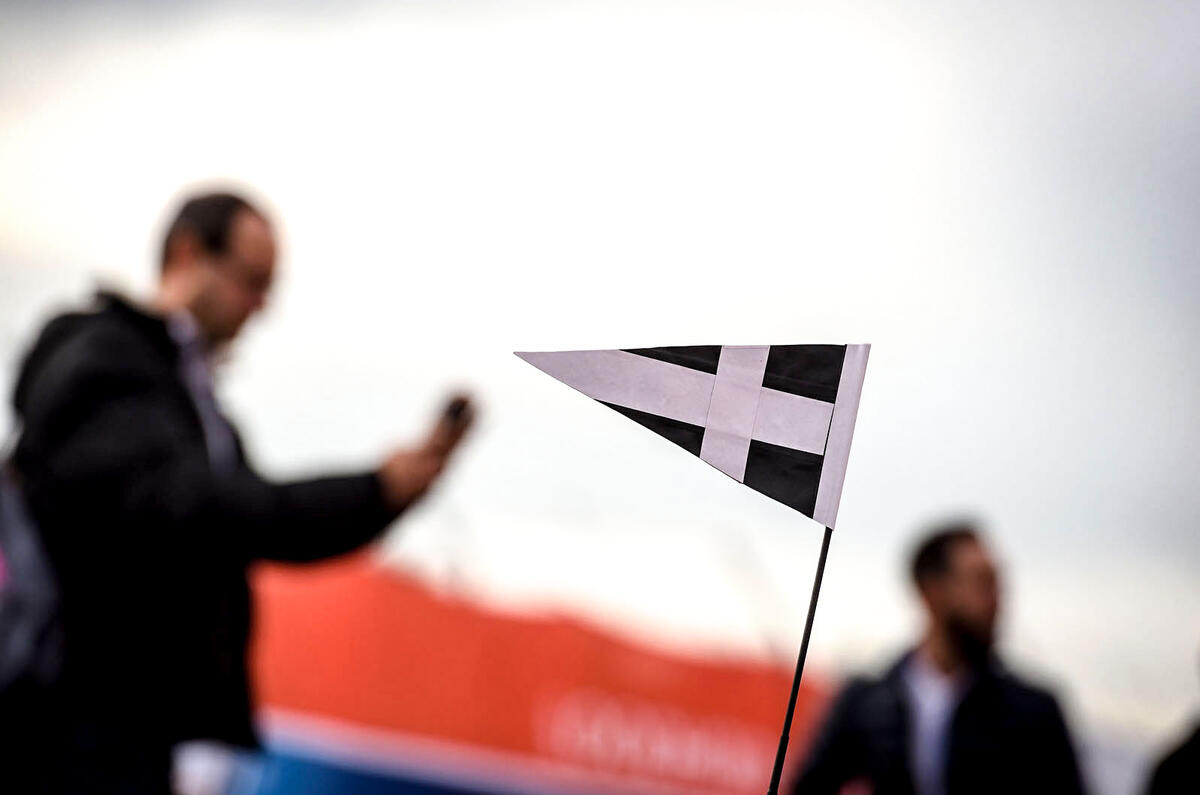
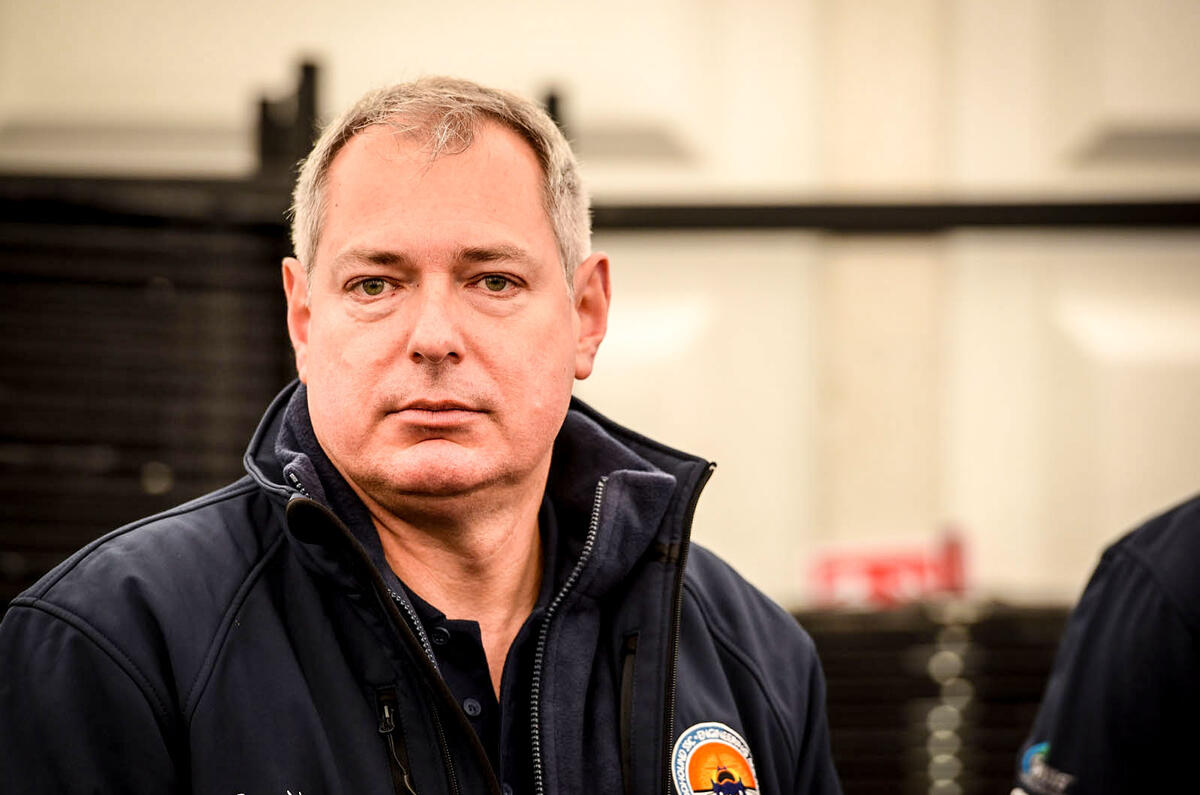

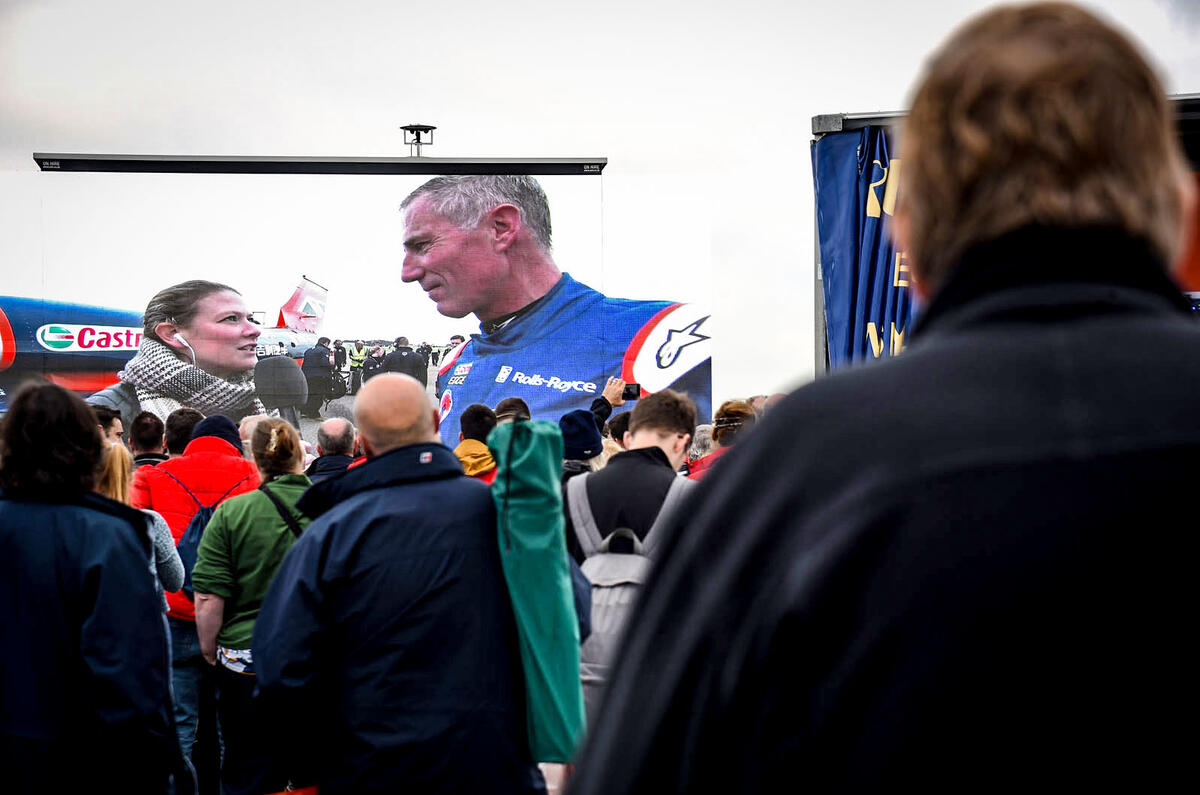


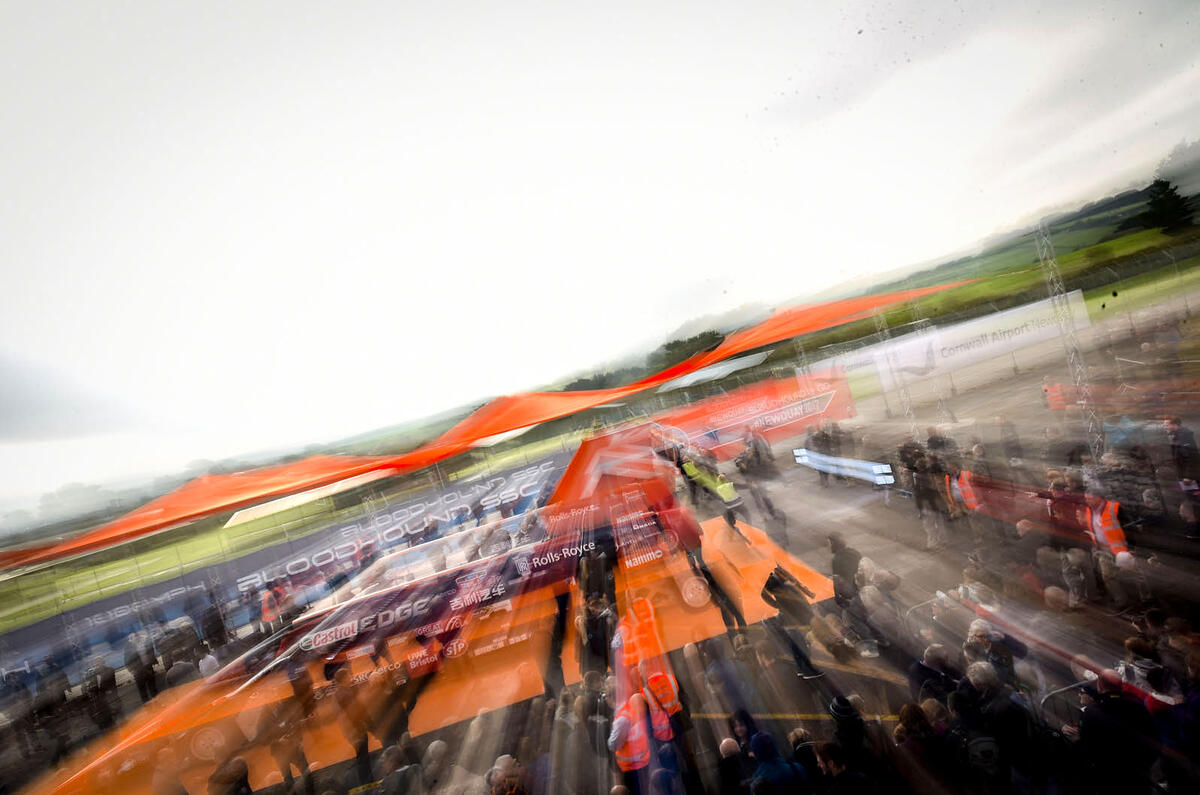

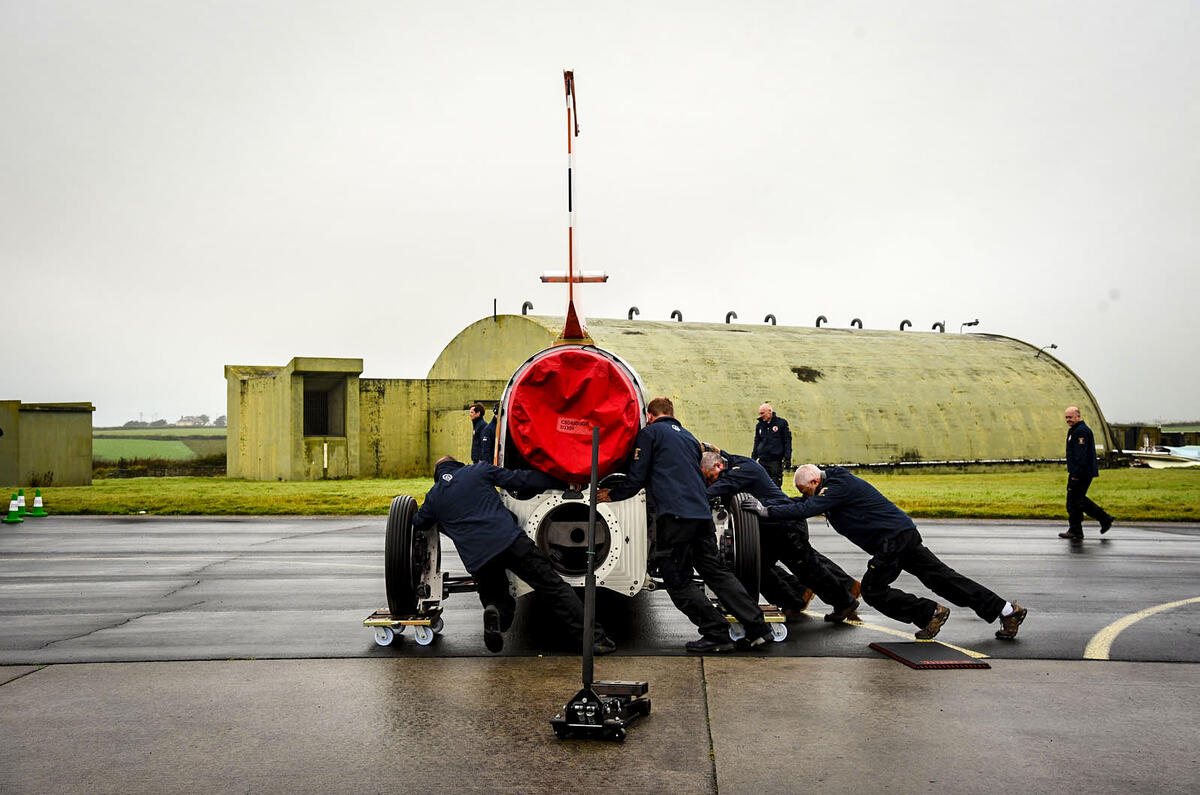
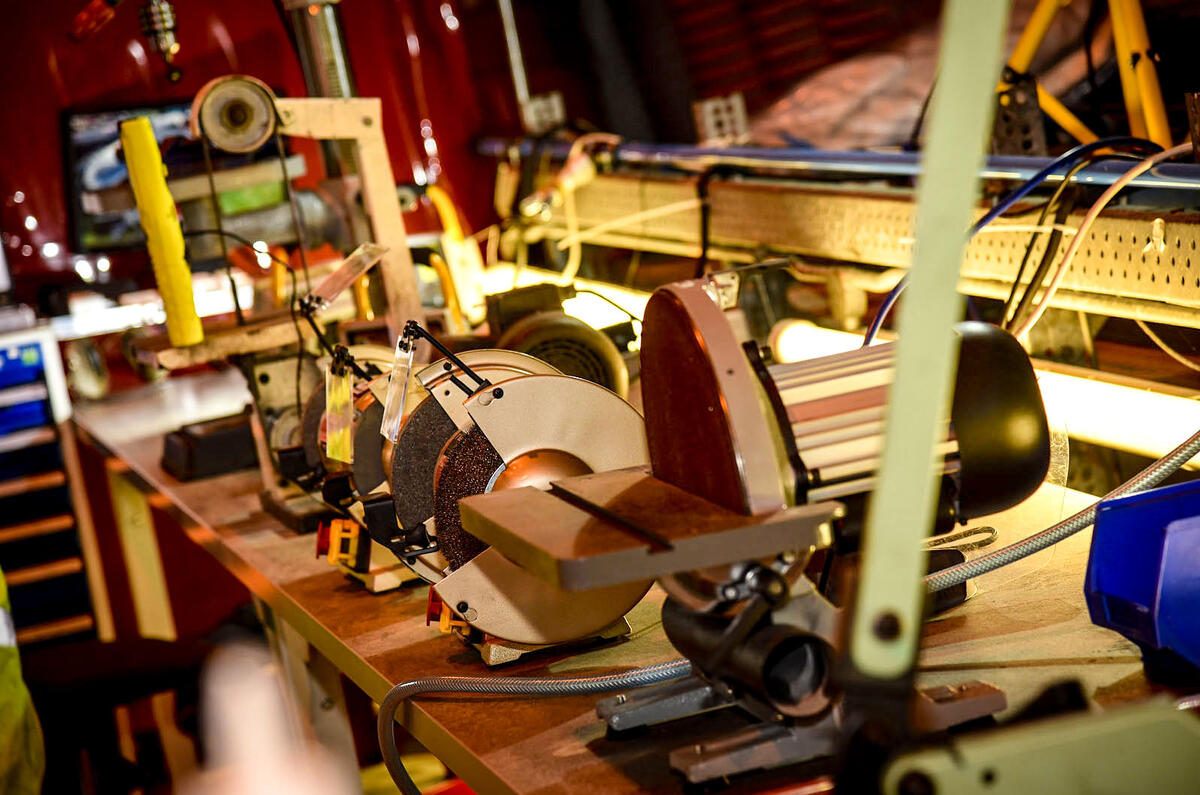
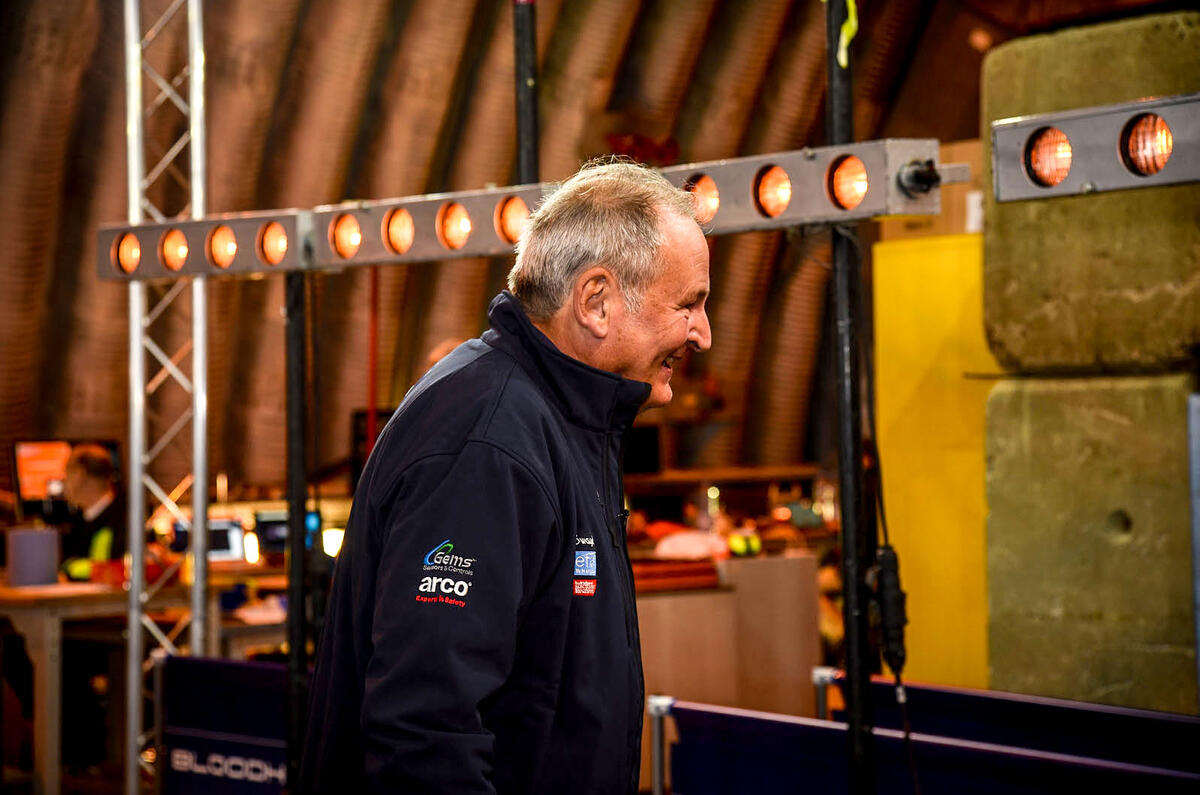

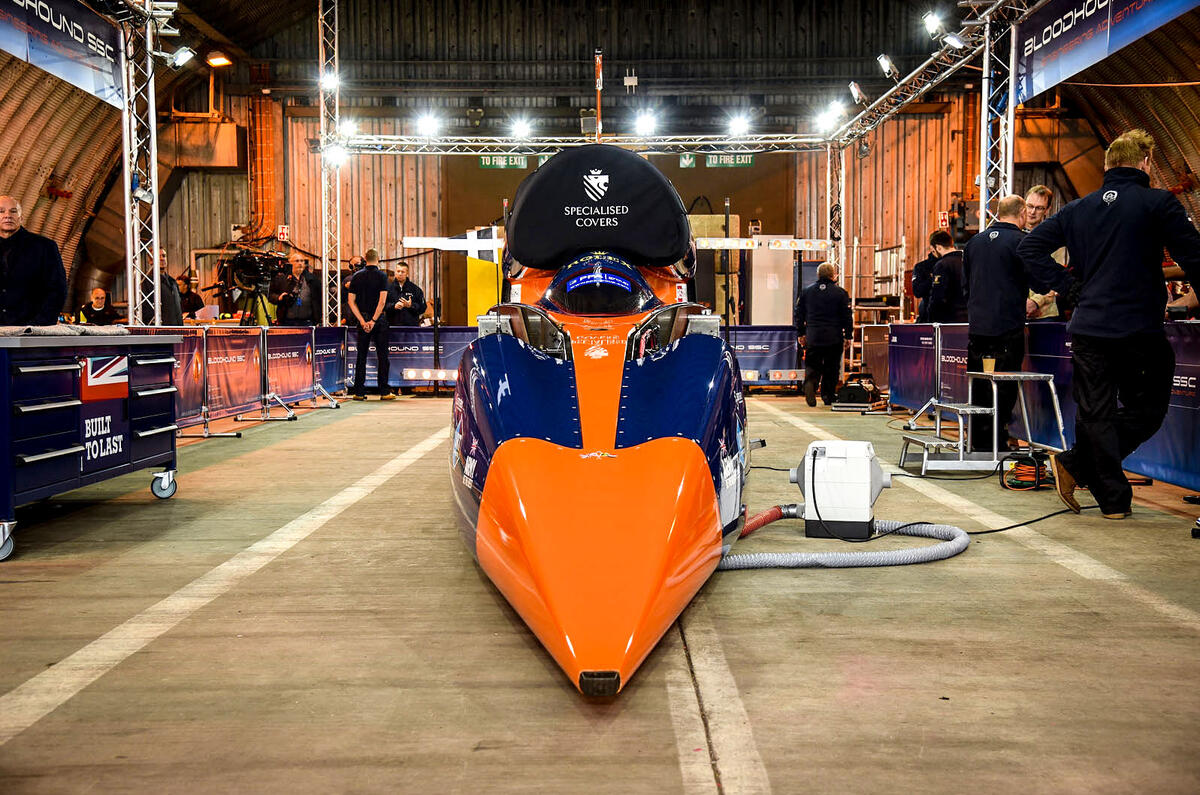
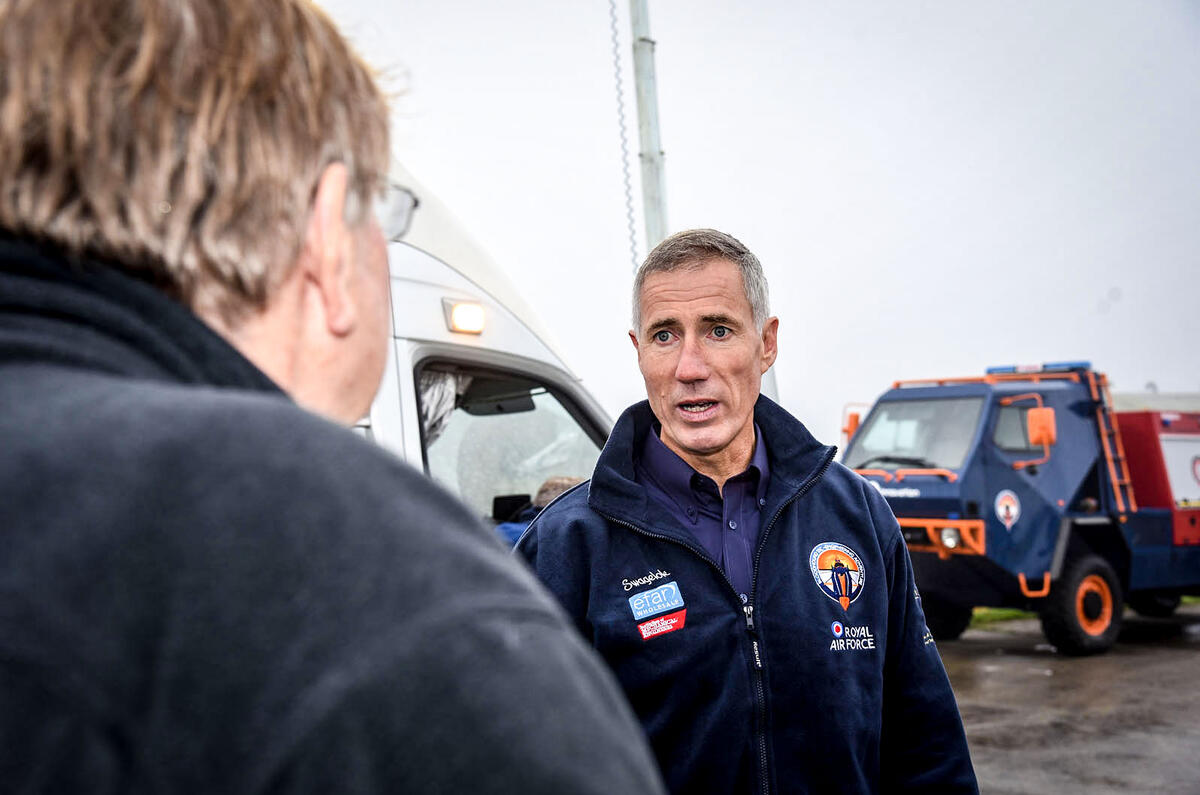
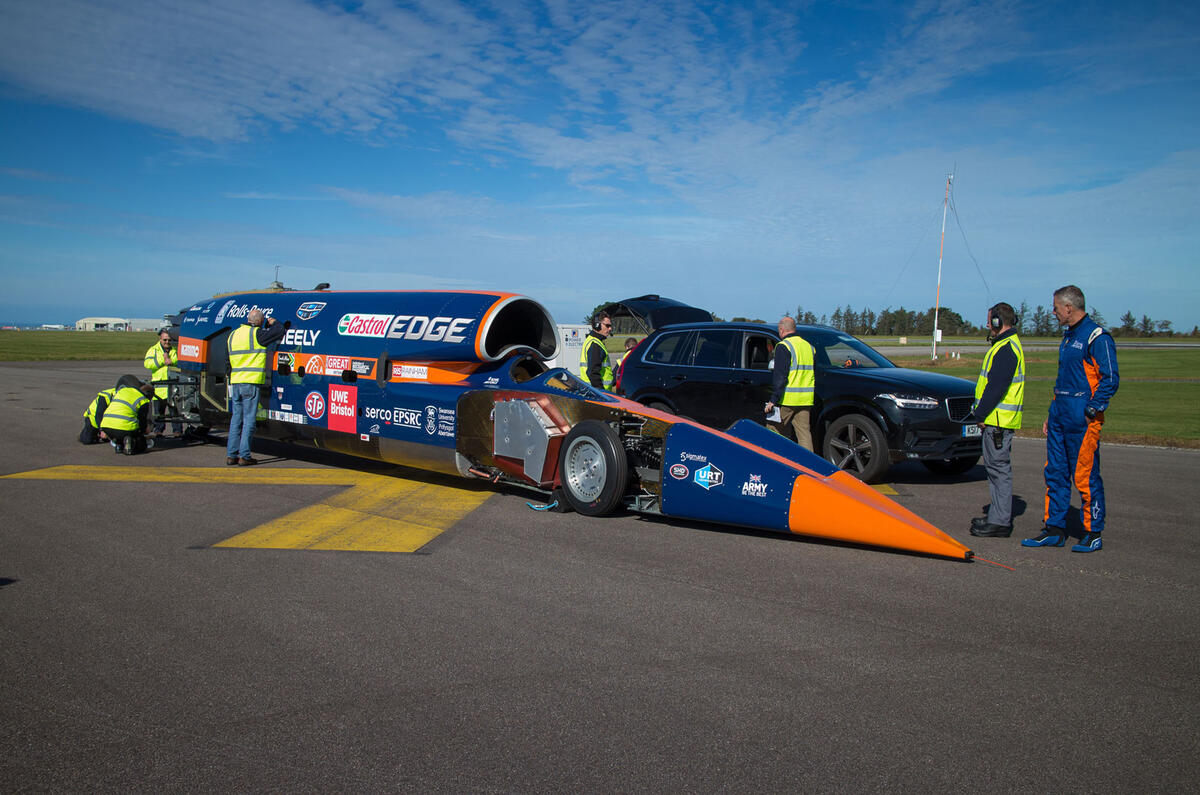
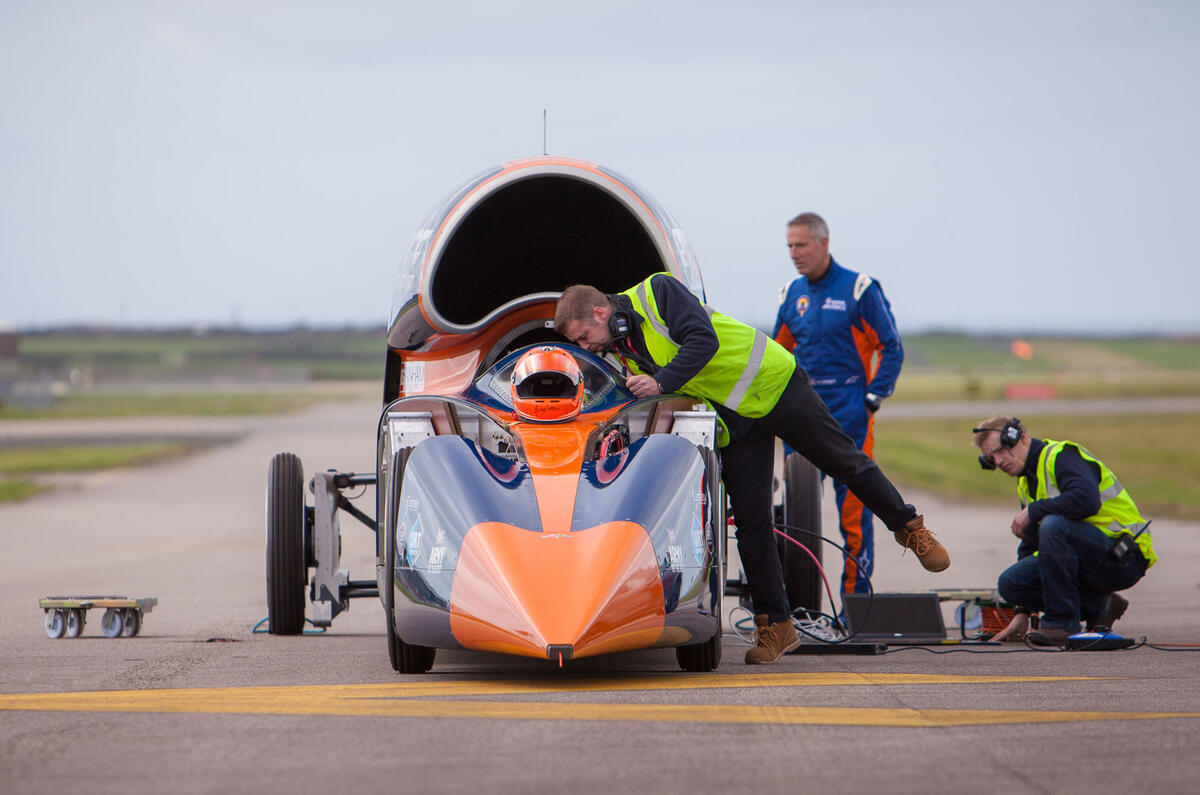

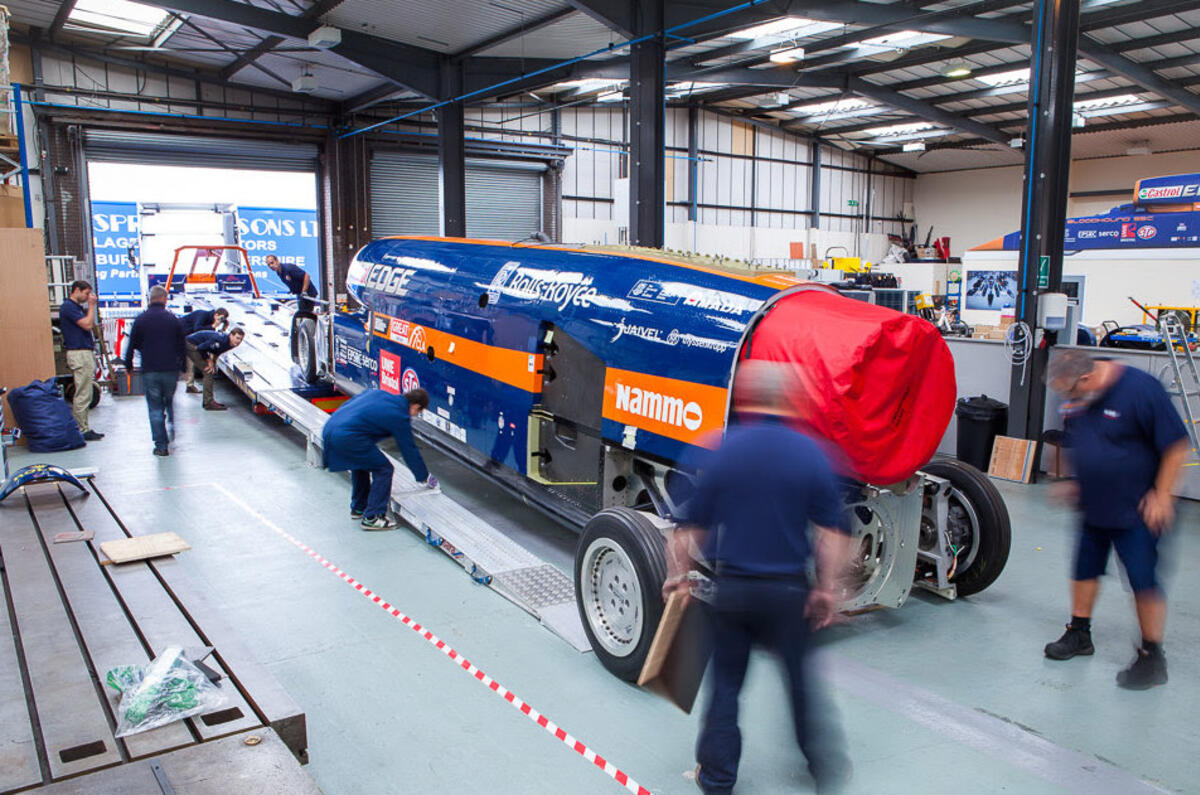
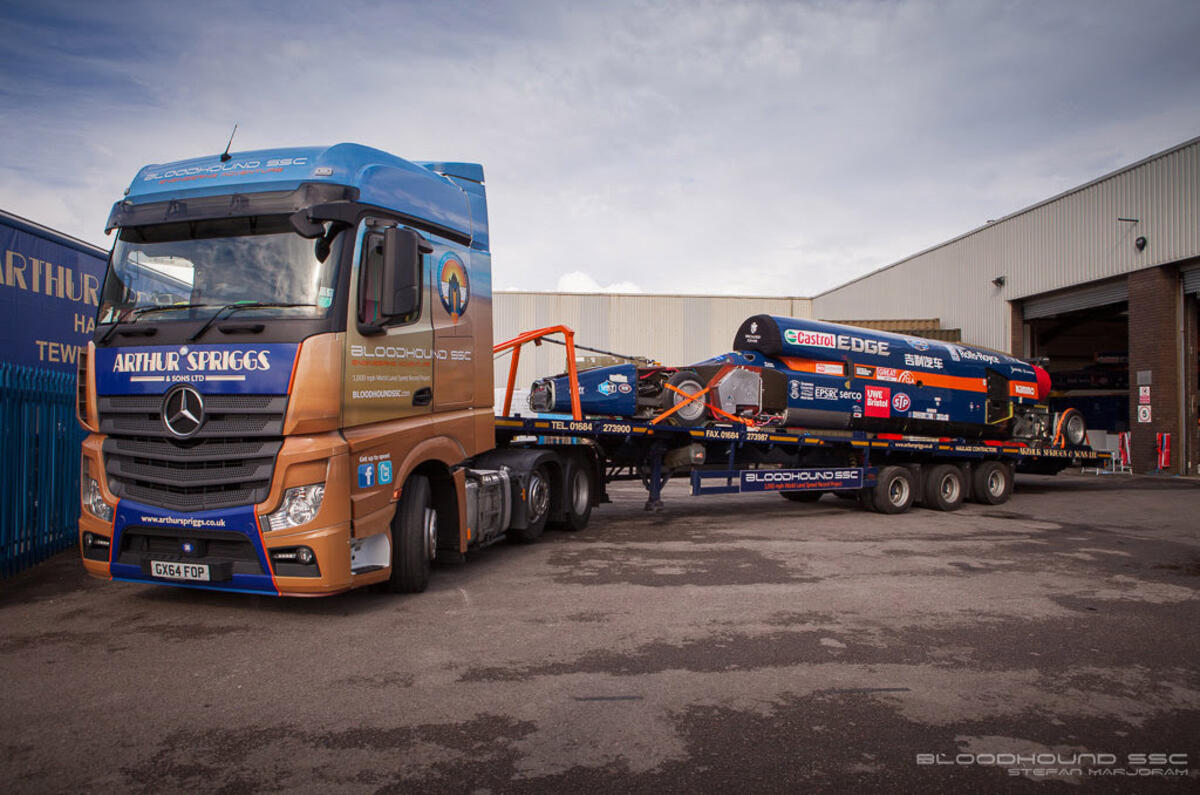
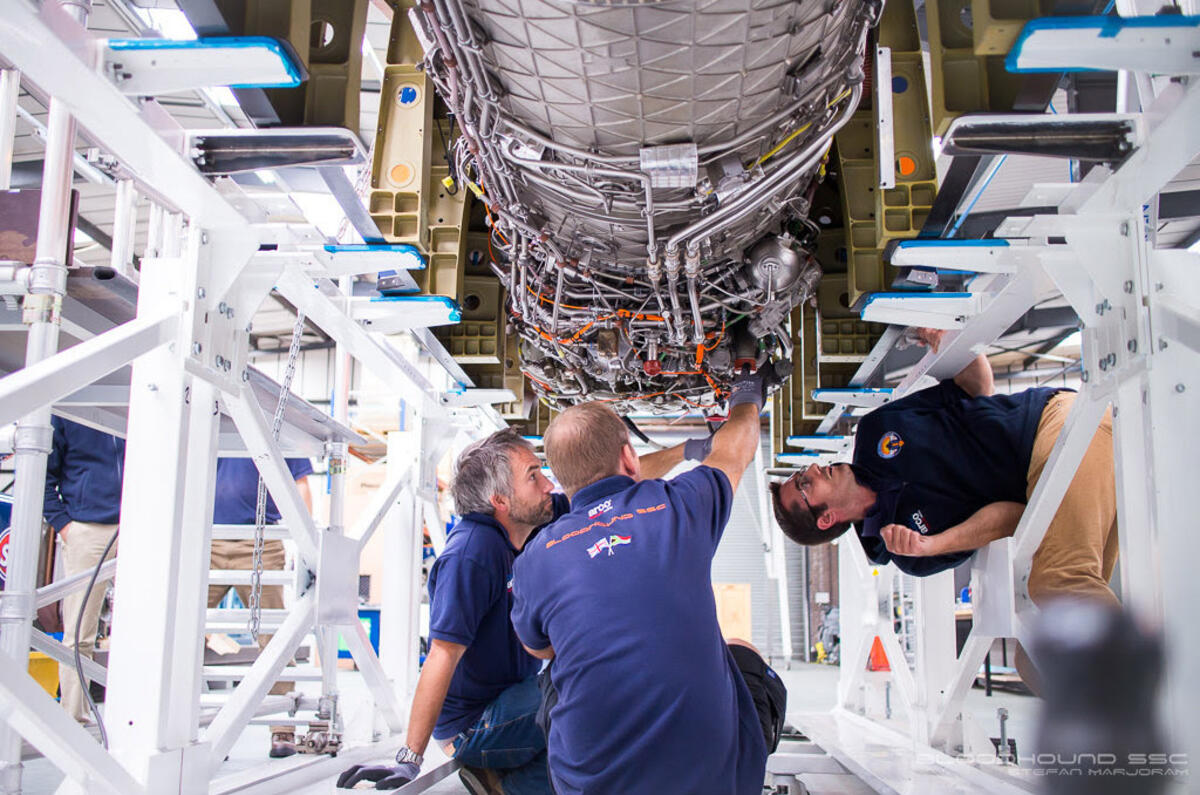
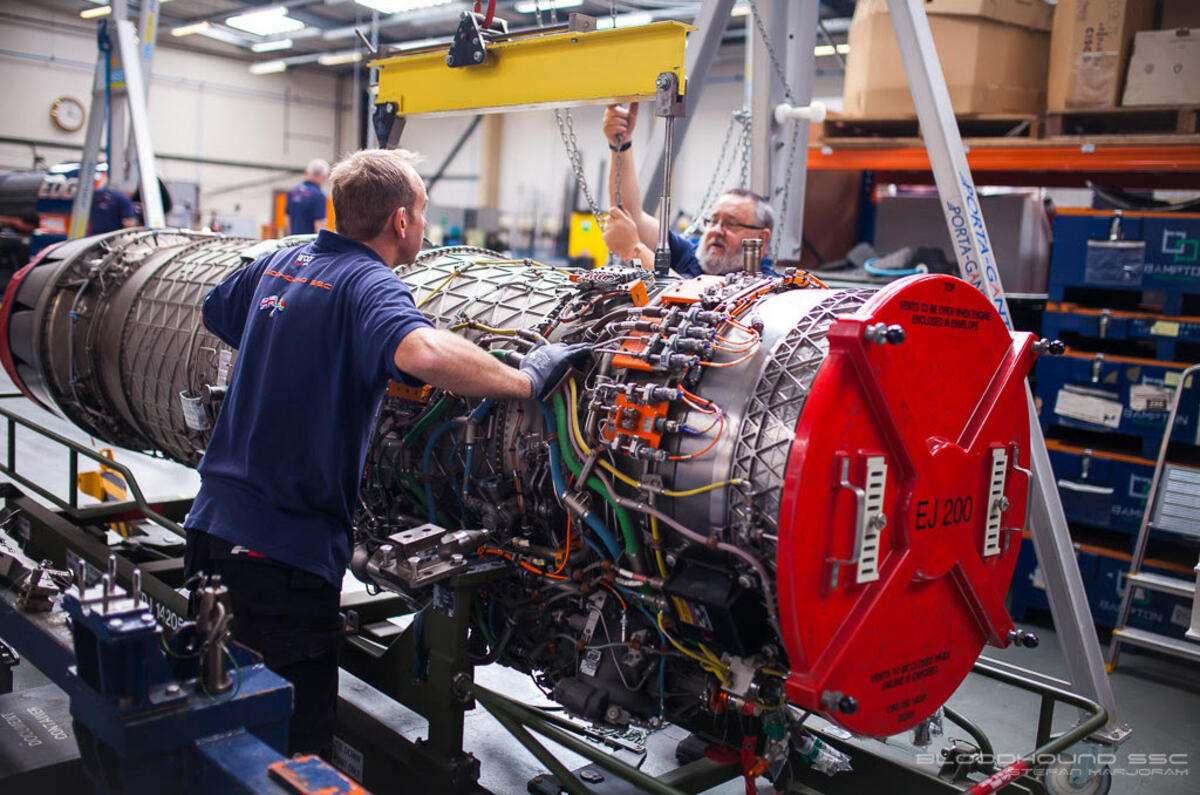
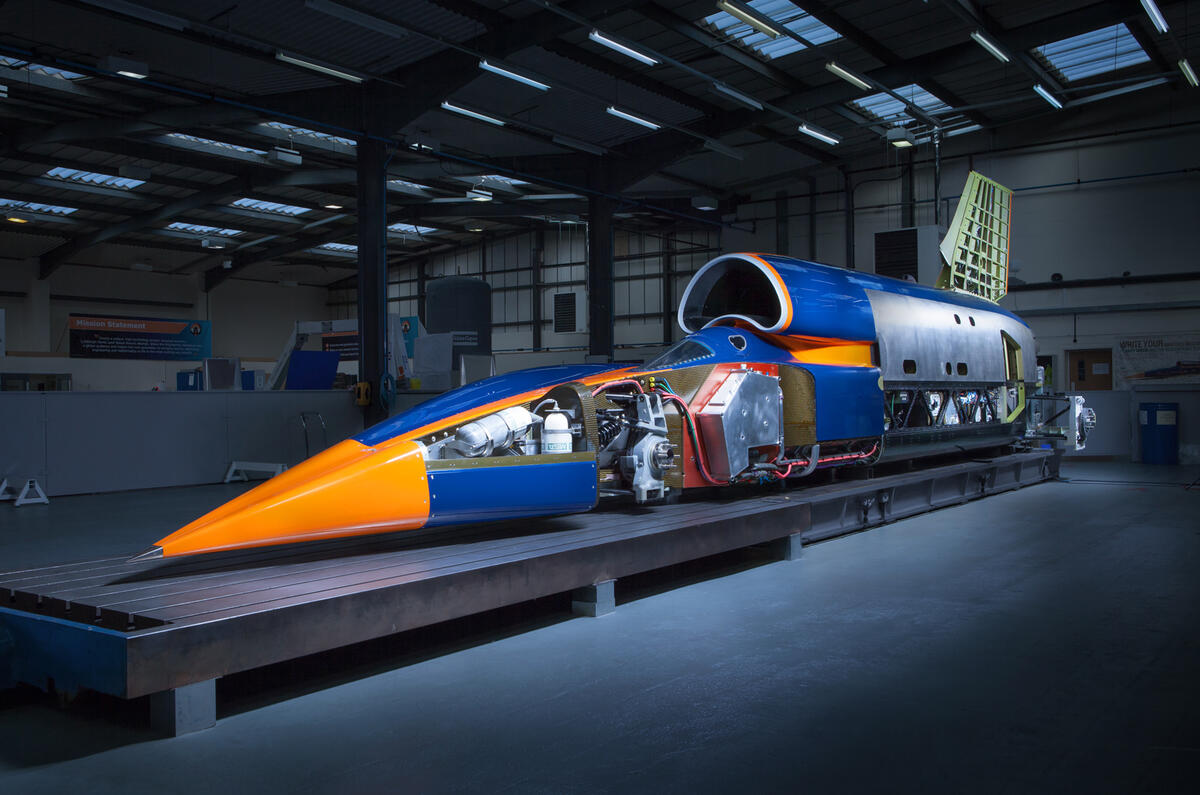
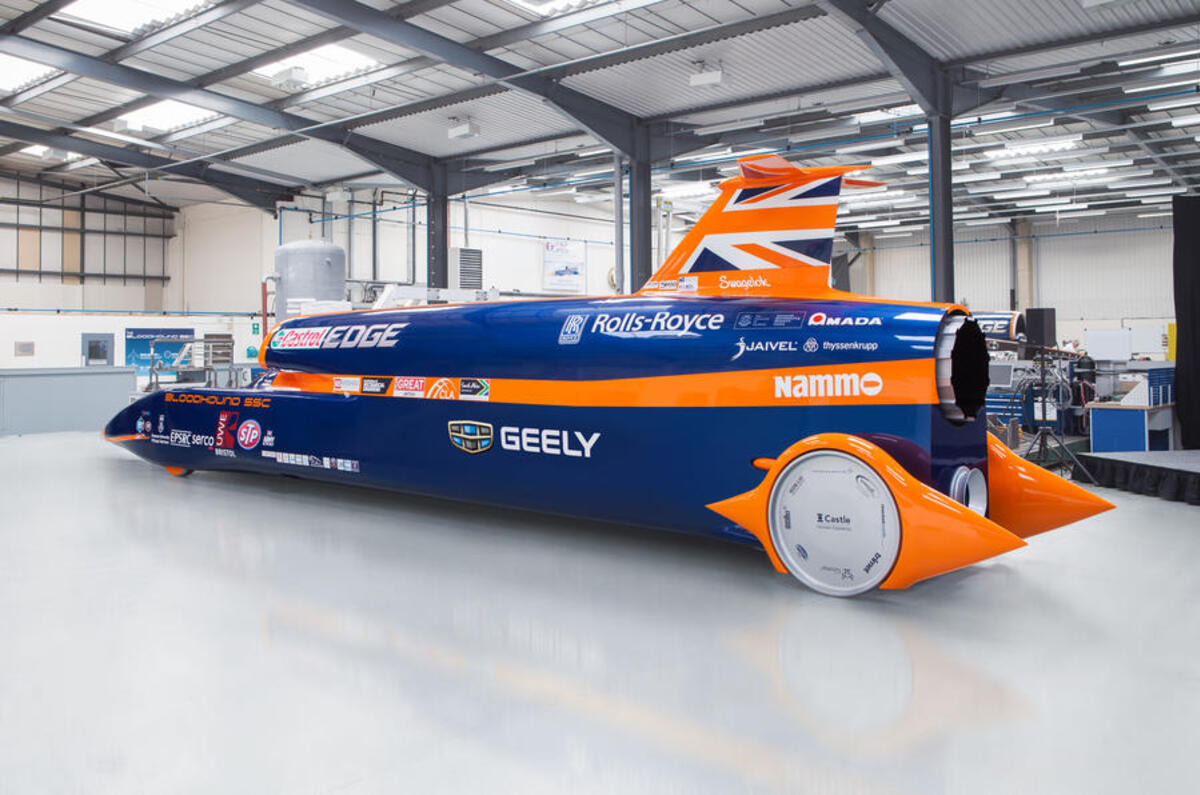
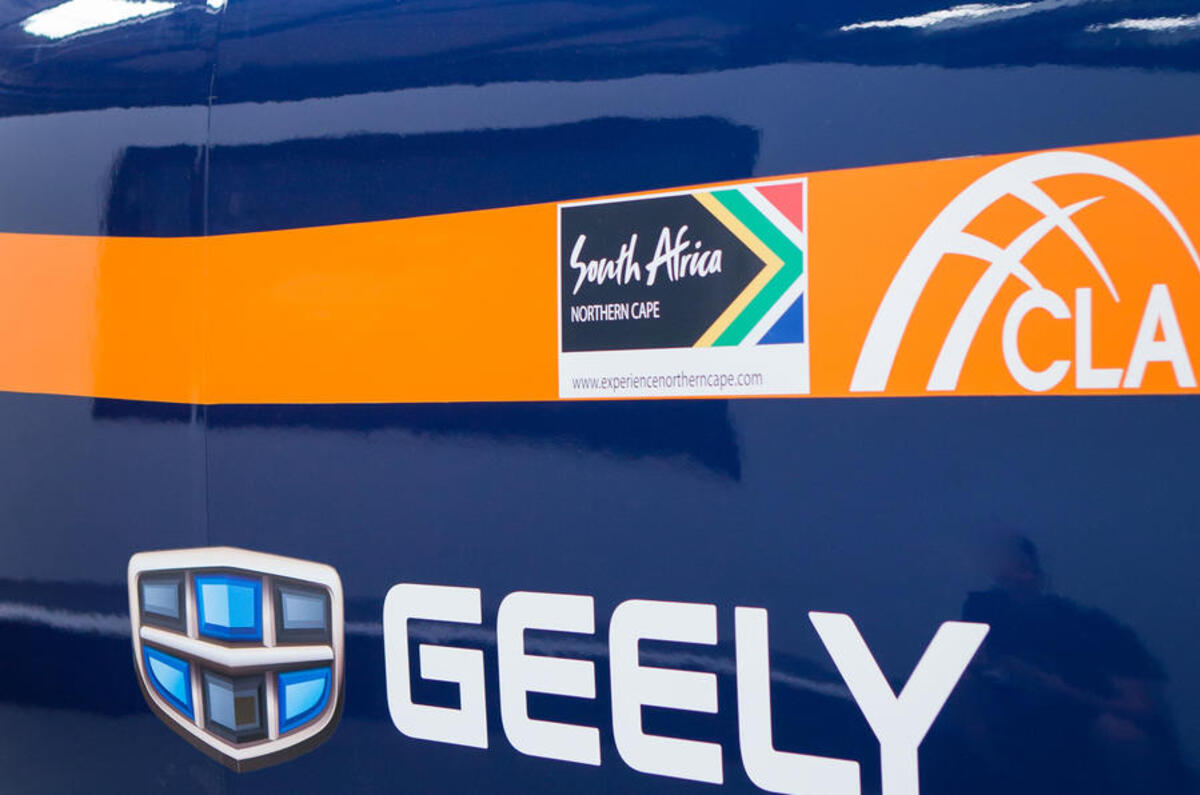


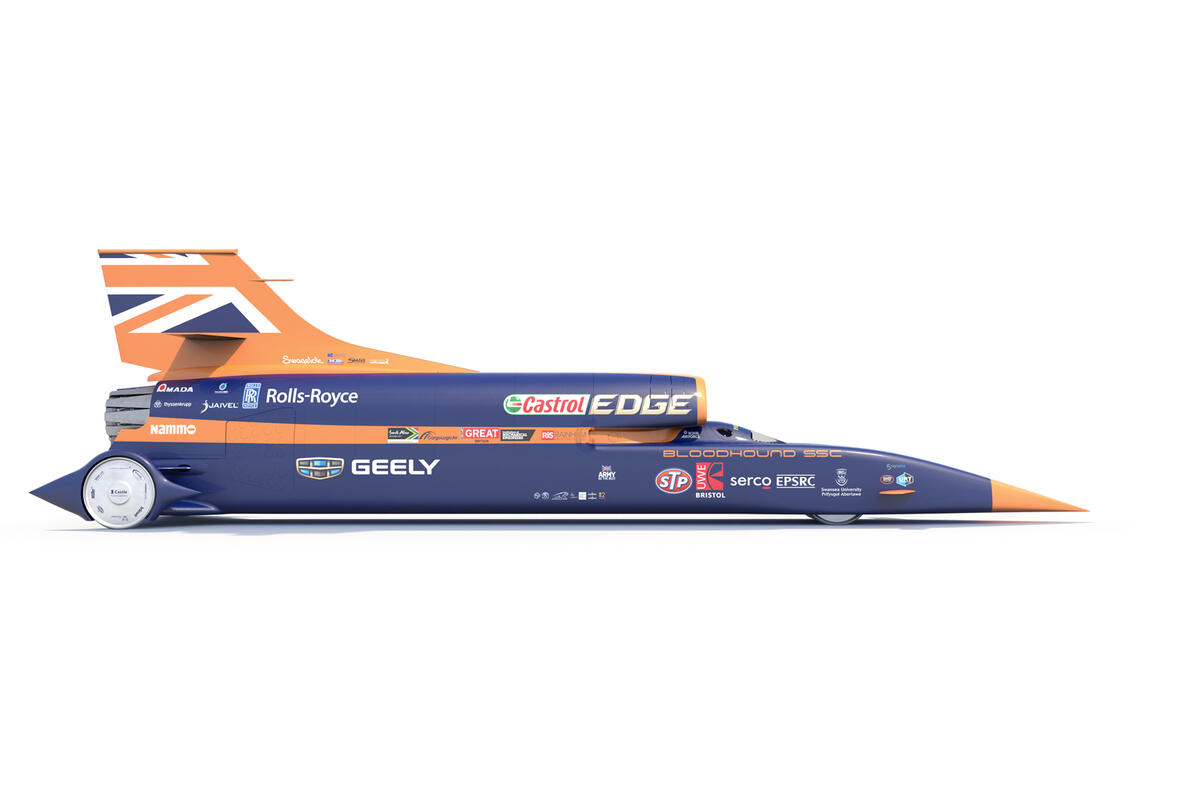
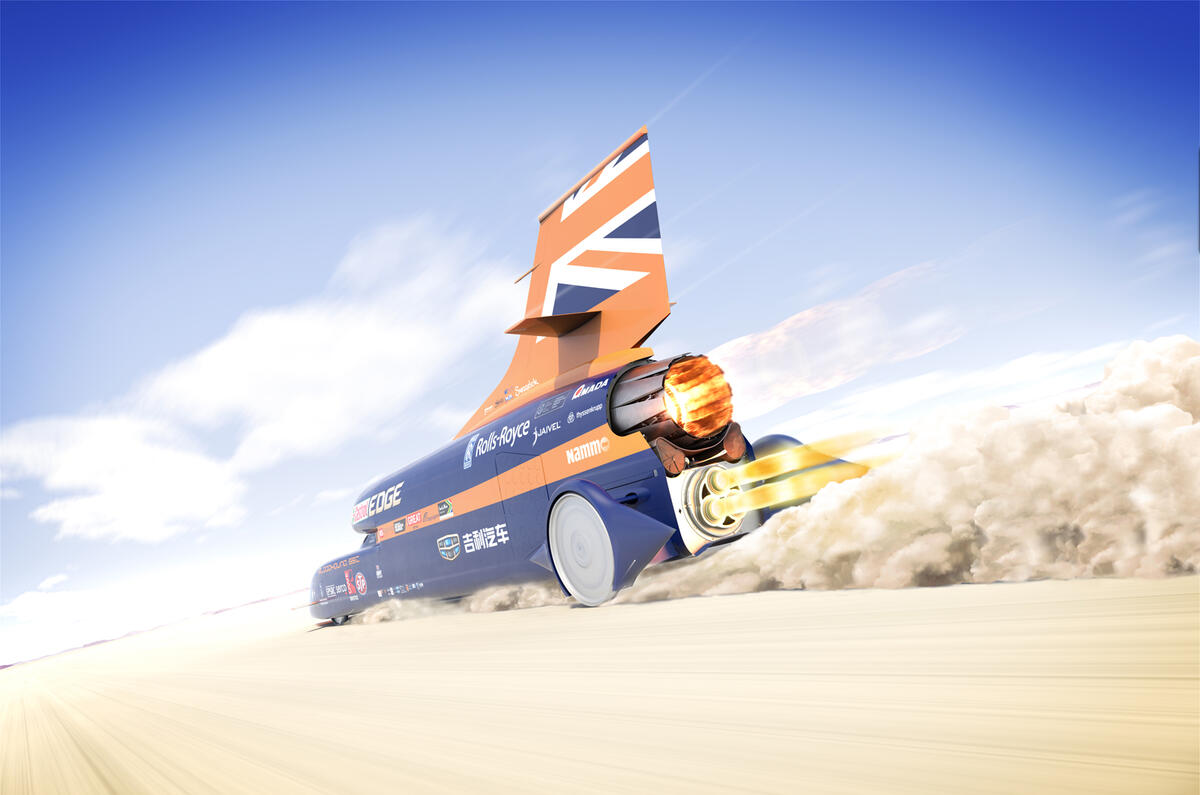
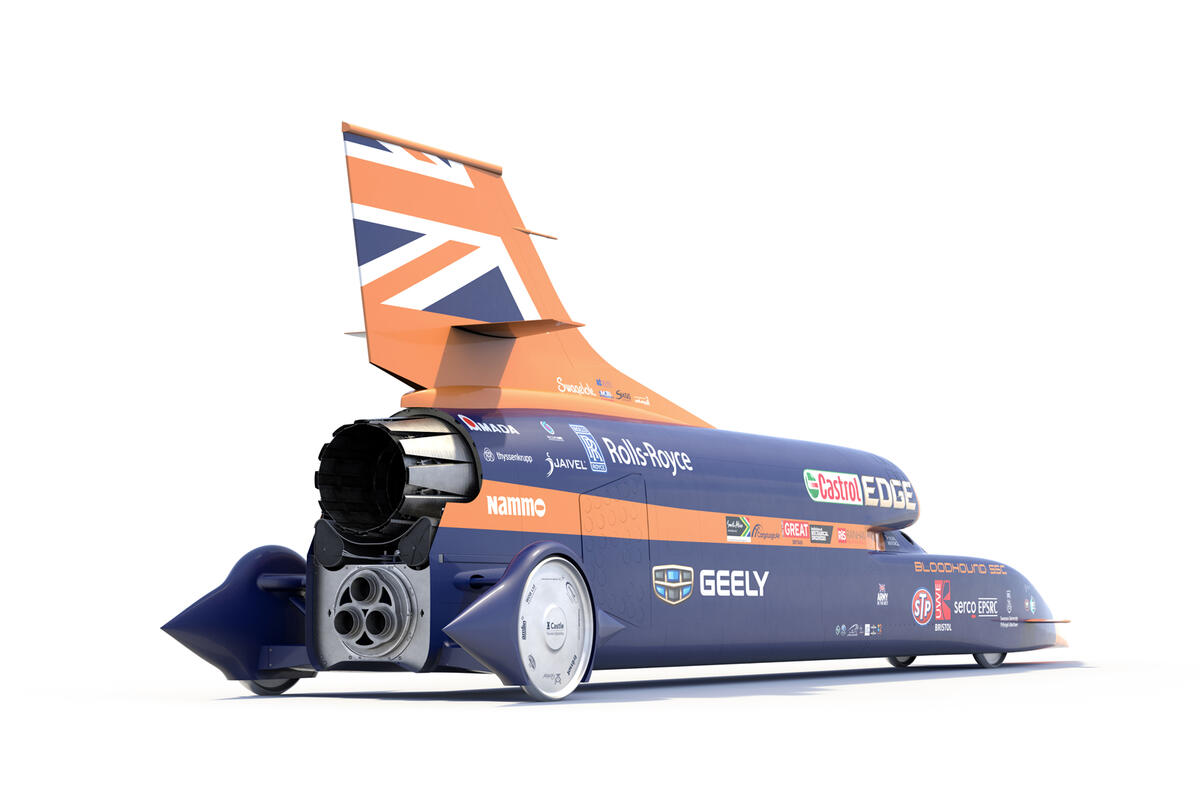
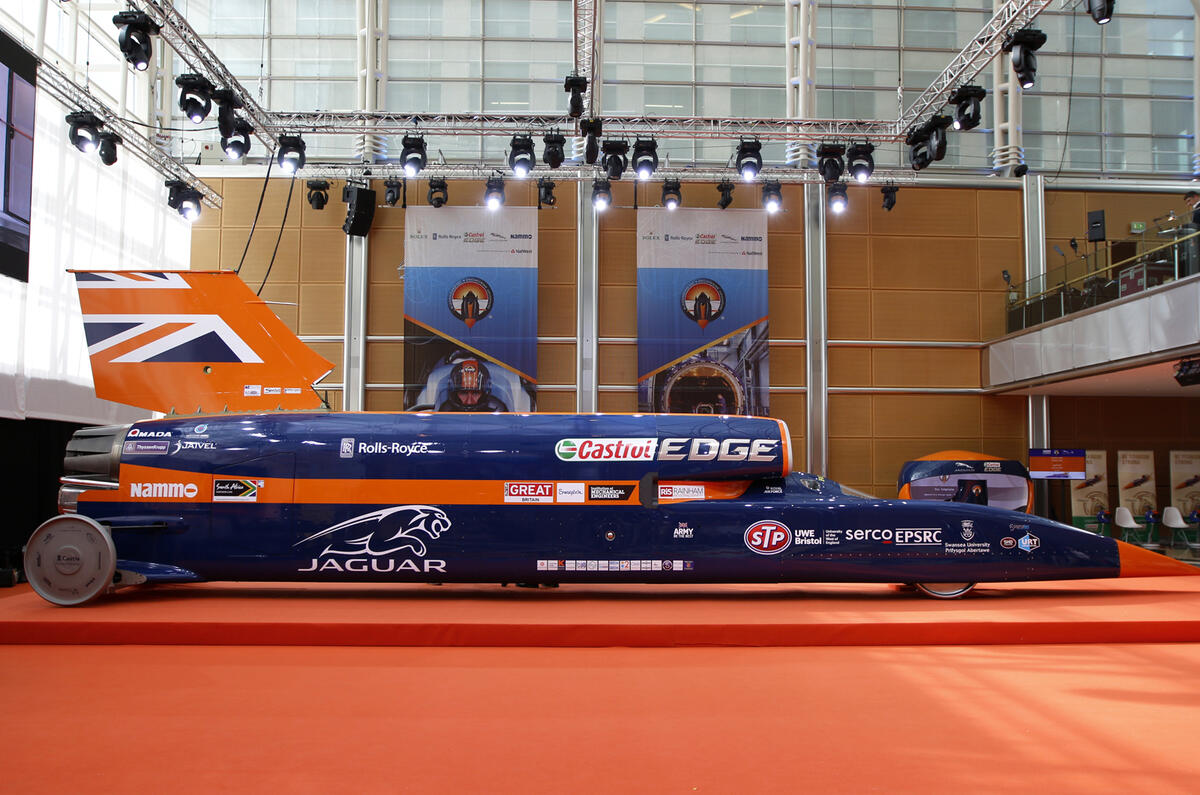
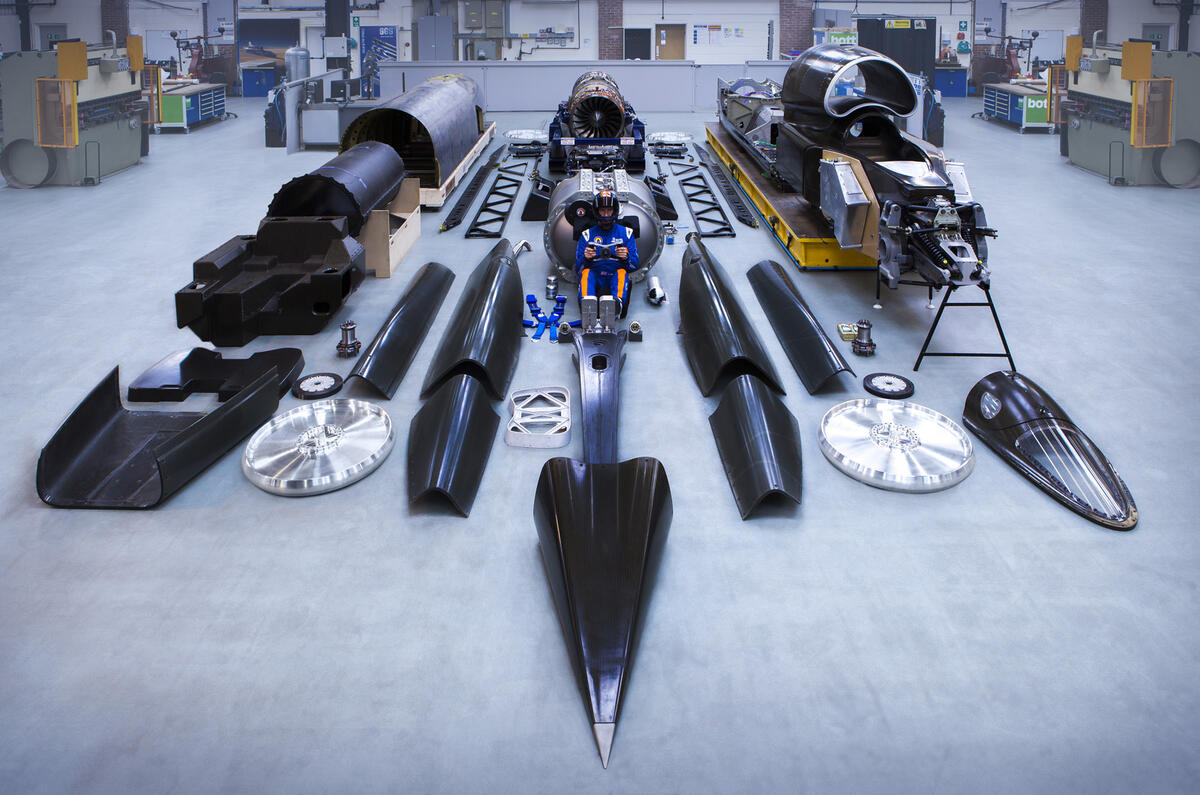
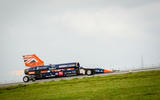



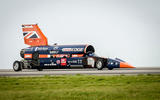
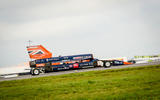
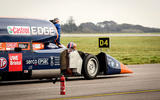
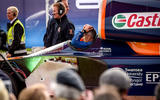
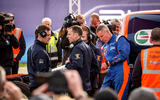




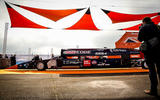
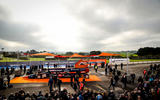

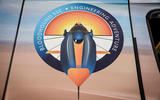
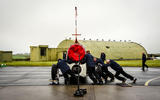
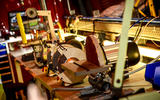

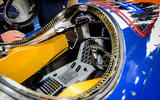
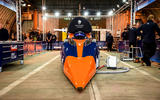
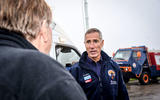
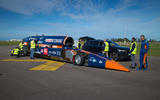
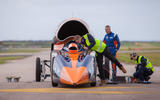
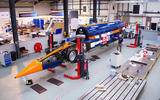
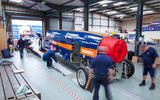

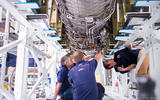
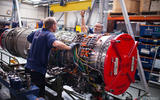
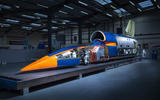
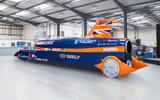

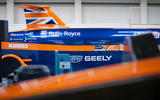
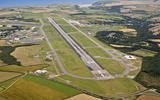
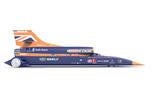

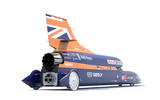

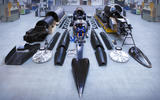







Join the debate
Add your comment
Wheel Speed
10,200 rpm is 170 rps.
Gut feeling
I have a horrible feeling this is never going to happen, when something get this protacted, complicated and expensive people start to bail.
Hope I'm proved wrong. Will post again in a year and a half
Bloodhound fitted with turbine rnage extender!
Nice to see an actual vehicle fitted with a gas turbine range extender that really works! Just need to fit some batteries and motors. Cheap too at just £30 million!